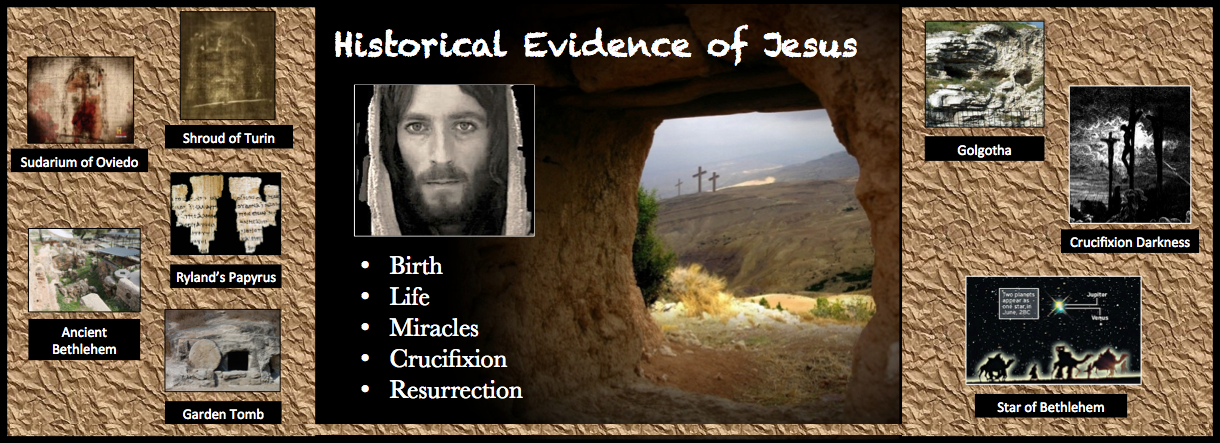 What is evidence?
What is evidence?
Evidence is information or data that supports or disproves a claim being made. A claim is a statement that something is true.
Evidence can be divided into two categories:
- Direct Evidence
- Circumstantial Evidence
What is direct evidence?
Direct evidence is evidence that proves or disproves something without the need of judgement or inference. It directly proves or disproves a claim. There are three major types of direct evidence: eyewitness testimony, physical evidence, and documentation.
Eyewitness testimony is the account of someone who has observed or experienced an event that proves or disproves something. The account can be given orally by the eyewitness, recorded, or dictated to someone else. In cases where eyewitnesses do not directly give testimony, the authenticity of the recorded testimony has to be established. A large part of historical evidence is eyewitness testimony recorded by ancient eyewitnesses.
 Go to Eyewitness Testimony Section
Go to Eyewitness Testimony Section
Physical evidence consists of things that can be observed in order to prove or disprove something. They can be video tapes, scientific analyses, DNA, hair, fibers from cloths, tire tracks, fingerprints, bones, artifacts, etc.
Scientific and archeological evidence are examples of physical evidence used by historians.
 Go to Physical Evidence Section
Go to Physical Evidence Section
Documentary evidence are documents, written or recorded on media, that prove or disprove something being true. For example a letter, a diary, an insurance policy, a videotape, an audio recording, and an email are all examples of documentary evidence if they directly prove or disprove the truth of something.
Ancient writings such as histories and biographies are examples of documentary evidence used by historians.
 Go to Documentary Evidence Section
Go to Documentary Evidence Section
What is circumstantial evidence?
Circumstantial evidence points to something being true or not true. It does not directly prove or disprove something. However it establishes a logical reason to come to the conclusion that something is true or not true. An example of circumstantial evidence would be discovering a broken window and finding a baseball on the other side of the window surrounded by broken glass. This does not prove that the baseball crashed through the window and broke it, but it gives evidence that points to that conclusion.
 Go to Circumstantial Evidence Section
Go to Circumstantial Evidence Section
What evidence is needed to prove or disprove something?
Both direct and circumstantial evidence can be helpful in proving or disproving a claim. We sometimes mistakenly believe that direct evidence is the only reliable evidence. In fact, both circumstantial and direct evidence are used together in order to establish the truth or falsehood of a claim.
How will we apply this information about evidence to an investigation of Jesus?
In examining the evidence of Jesus we will look at examples of each type of direct evidence: eyewitness, physical, and documentary. We will also look at circumstantial evidence. Together these different collections of evidence establish a clear case about whether or not Jesus existed, and whether or not he performed miracles, was crucified, resurrected, and claimed to be the Son of God.
